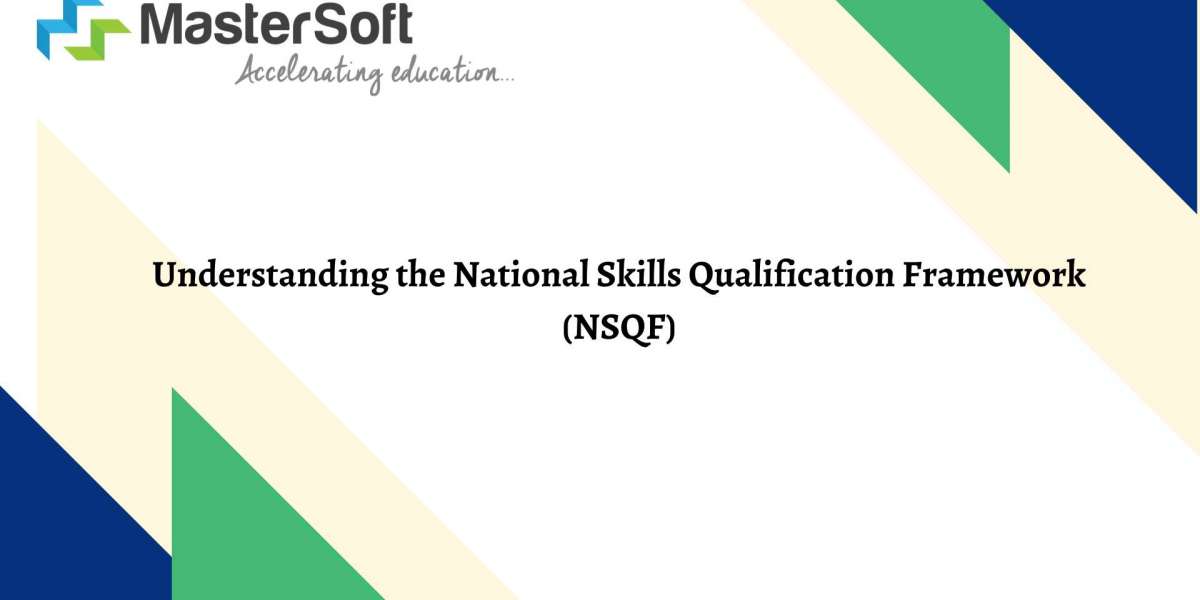In a rapidly changing global economy, the demand for skilled labor is continuously increasing. To address this demand and to streamline skill development, many countries have established qualification frameworks. In India, the National Skills Qualification Framework NSQF plays a pivotal role in aligning educational and vocational training to the needs of the industry. This blog will explore the significance, structure, and impact of the NSQF on India's skill development landscape.
What is the NSQF?
The National Skills Qualification Framework (NSQF) is a competency-based framework that organizes all qualifications according to a series of levels of knowledge, skills, and aptitude. These levels, ranging from 1 to 10, are defined based on learning outcomes which the learner must possess regardless of whether they are obtained through formal, non-formal, or informal learning.
Key Objectives of NSQF
1. Standardization of Skills
- Unified Framework: Establishes a unified framework for all qualifications across the country.
- Consistency: Ensures consistency and quality of skills imparted through various training programs.
2. Industry Relevance
- Alignment with Industry Needs: Aligns educational and training outcomes with the needs of the industry to improve employability.
- Feedback Loop: Provides a feedback mechanism to update qualifications based on industry requirements.
3. Flexibility and Mobility
- Lifelong Learning: Promotes lifelong learning and continuous improvement of skills.
- Career Pathways: Facilitates horizontal and vertical mobility in education and training pathways.
Structure of NSQF
The NSQF is structured around the following key elements:
1. Levels of Qualification
- Level Descriptors: Each of the 10 levels has a set of descriptors that detail the expected learning outcomes in terms of knowledge, skills, and aptitude.
- Level 1 to Level 10: The levels range from basic entry-level skills (Level 1) to the highest level of professional knowledge and expertise (Level 10).
2. Qualification Packs (QPs) and National Occupational Standards (NOS)
- QPs: Define the set of competencies required to perform a job role effectively.
- NOS: Specify the standards of performance that an individual must achieve in a given job role, and the knowledge and understanding they need to meet that standard consistently.
3. Sector Skill Councils (SSCs)
- Industry Bodies: SSCs are industry-led bodies responsible for defining the NOS and QPs.
- Certification and Assessment: SSCs also oversee the certification and assessment processes to ensure that they meet industry standards.
Benefits of NSQF
1. Improved Employability
- Skill Recognition: Recognizes and certifies skills acquired through various means, enhancing employability.
- Industry Demand: Provides a workforce that is ready to meet the demands of the industry.
2. Enhanced Quality of Training
- Standardization: Ensures that training programs are standardized and of high quality.
- Continuous Improvement: Promotes continuous review and improvement of training programs.
3. Increased Transparency and Mobility
- Clear Pathways: Provides clear pathways for career progression and educational advancement.
- International Compatibility: Aligns with international qualification frameworks, facilitating global mobility for learners and workers.
4. Inclusive Growth
- Accessibility: Makes education and training more accessible to a wider population, including disadvantaged groups.
- Recognition of Prior Learning (RPL): Recognizes and certifies skills acquired outside the formal education system, including informal and on-the-job learning.
Challenges and Future Prospects
1. Implementation Challenges
- Awareness and Acceptance: Increasing awareness and acceptance of the framework among employers, educational institutions, and learners.
- Capacity Building: Building the capacity of training providers and assessors to deliver and evaluate competency-based training.
2. Integration with Education System
- Curriculum Alignment: Ensuring that educational curricula are aligned with NSQF levels and industry requirements.
- Academic and Vocational Integration: Promoting seamless integration between academic education and vocational training.
3. Continuous Update and Feedback
- Dynamic Framework: Keeping the framework dynamic to accommodate changing industry needs and technological advancements.
- Stakeholder Engagement: Ensuring active engagement of all stakeholders, including industry, government, and educational institutions, in the continuous update and improvement of the framework.
Conclusion
The National Skills Qualification Framework (NSQF) is a transformative initiative aimed at bridging the gap between education and employment in India. By standardizing skills, aligning them with industry needs, and promoting lifelong learning, the NSQF plays a critical role in enhancing the employability of the Indian workforce. As the framework continues to evolve, it holds the promise of driving inclusive growth and positioning India as a global hub for skilled talent.
Investing in NSQF-aligned education and training is an investment in the future of India's economy, ensuring that the workforce is prepared to meet the challenges and opportunities of the 21st century.








